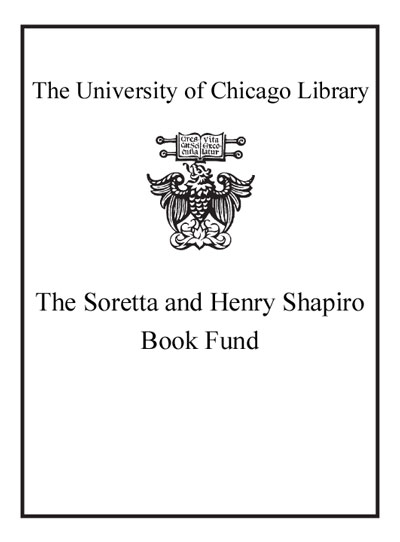Review by Choice Review
Uscinski (Univ. of Miami) is a prolific scholar of conspiracy theory studies, a subfield that in recent years has blossomed in several disciplines. In this concise introduction to the academic approaches to this subject, the author aims to "introduce students to the latest research on conspiracy theories," including polling numbers and research conducted by scholars in the two fields most invested in probing conspiracy theories: psychology and sociology. Scholarship on this topic in philosophy, history, and political science is also referenced. Other chapters explain the need to study conspiracy theories, defining the concept and the politics of these theories. Each chapter ends with a bibliography and list of key terms, and endnotes close the text. Since Uscinski focuses on research, readers will need to look elsewhere for details about the actual conspiracies (e.g., the Tuskegee syphilis experiment), conspiracy theories (e.g., the moon landing hoax, QAnon), and conspiracy theory tropes (e.g., false flags, sex-trafficking rings) mentioned throughout. Fortunately, sources for the book run from the most notable scholars to the most implausible conspiracists, and so the bibliography serves as a rich resource for newcomers to the topic. Summing Up: Recommended. All levels. --Susan Clerc, Southern Connecticut State University
Copyright American Library Association, used with permission.
Review by Choice Review

